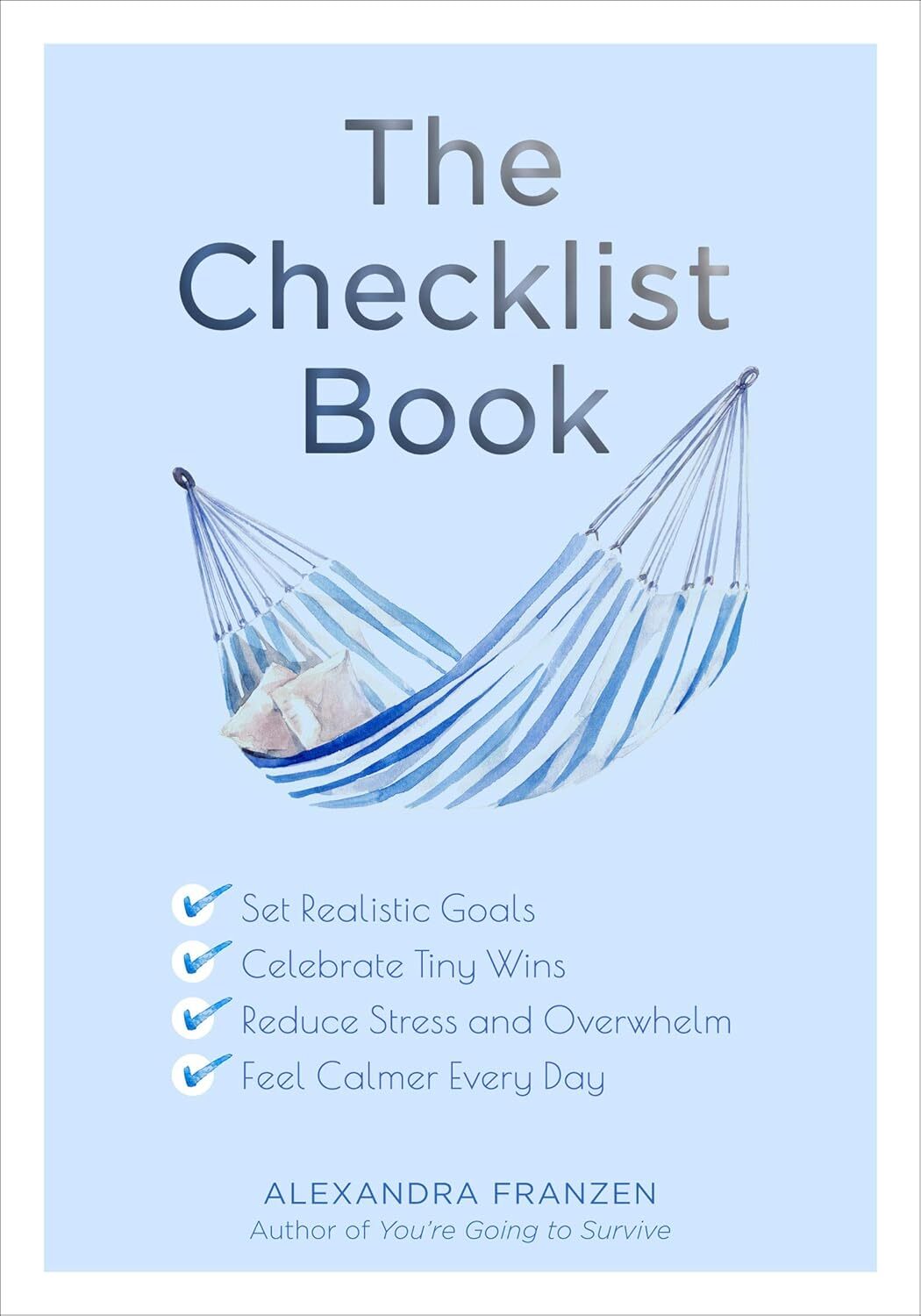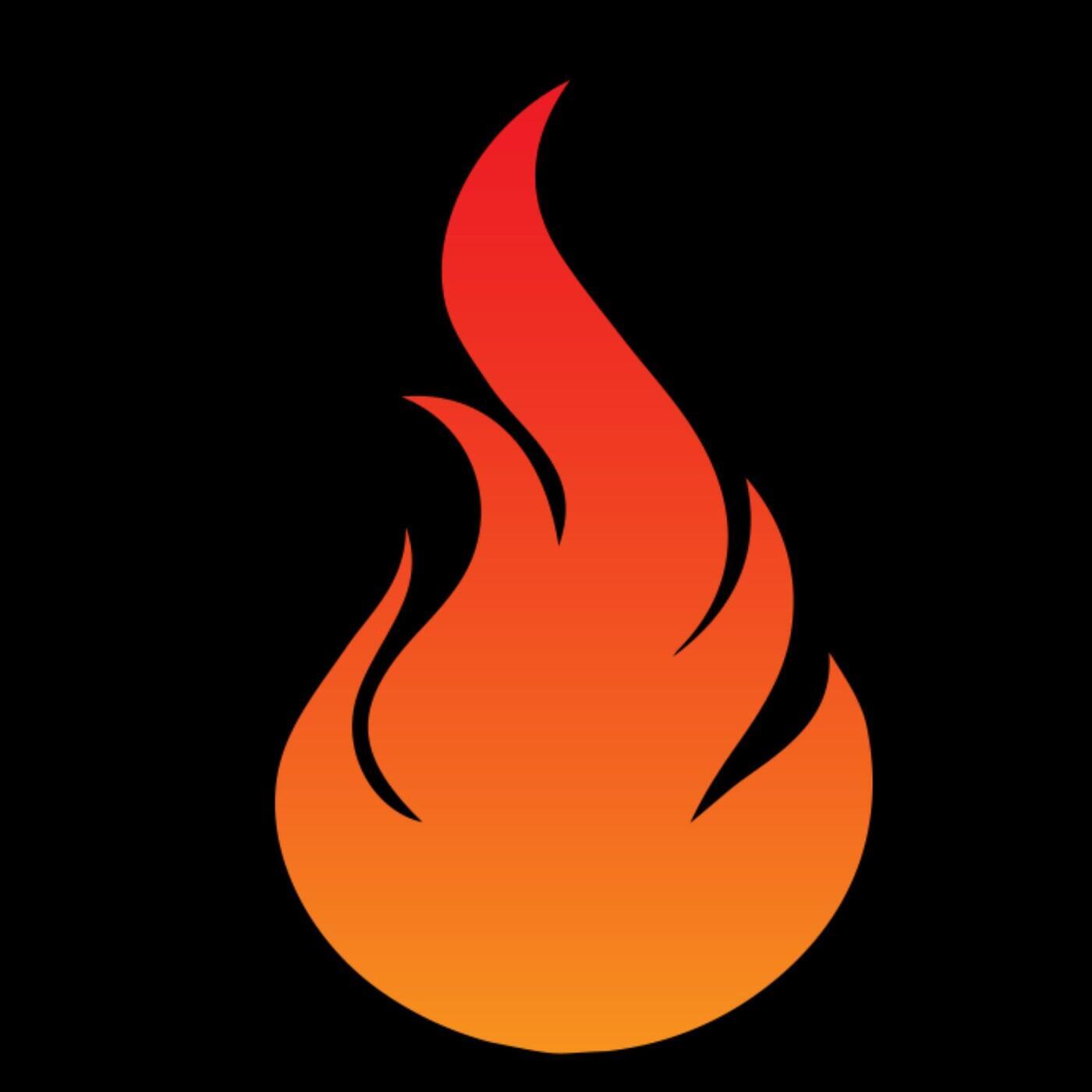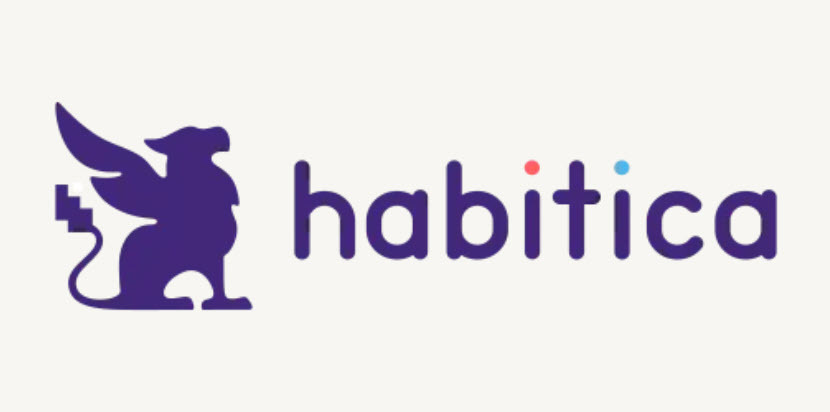Daily Startup Checklist
Begin Your Day with Focus and Purpose

Introduction
Daily Startup Checklist is a concise tool designed to help cancer survivors quickly start each day with focus, prioritizing key actions to support physical, emotional, and mental well-being. It fosters consistency and empowerment by establishing a purposeful morning routine.
What You Need To Know
How To Do It
Instructions:
1. Prepare Your Checklist
Use a notebook, spreadsheet, or digital app to create a simple checklist based on the provided template (items #2 thru #10 below).
- Skim national, local, sports, weather, etc. updates to stay informed.
- Apply the Two Minute Rule: Spend no more than 2 minutes to avoid distraction.
- Scan incoming messages to identify urgent communications (e.g., medical, financial, legal, etc.).
- Use the Two Minute Rule: Respond to or prioritize messages taking 2 minutes or less.
- Check today’s meetings, medical appointments, and self-care activities. Use time blocking to confirm time slots for key events (e.g., 9:00 AM doctor visit).
- Revise calendar with new incoming information.
- Adjust calendar to conserve energy, if needed.
5. Open & Review Task List
- List three goals that you wish to accomplish today.
- Ensure goals are specific and achievable based on you current and forecasted energy levels.
- Aim to complete just 2 out of 3 goals. Even though each of your Top 3 Goals may be attainable, your list of all three of them is more aspirational.
- If you're unable to achieve all three daily goals, don’t be disappointed. That was never the objective. Track partial completions, too.
- Review and update the starting dates and due dates for tasks that pertain to today, tomorrow, and in the next few days, as needed.
- Add any new tasks to your task list.
- Mark completed tasks and reschedule others, as needed.
- Remember that your task list can be your primary energy conservation tool.
- If low energy persists, reduce your activities to very easily achievable tasks (e.g. take pills, prepare dinner, take nap, etc.).
- Seek caregiver support for overwhelming days.
Helpful Tips:
- Keep it simple: Just look at your next step on low-energy days to avoid overwhelm.
- Be flexible: Adjust tasks based on daily energy or treatment schedules.
- Use visuals: Checkmarks or color coding add motivation.
- Stay consistent: Perform the checklist daily for routine-building.
- Include self-care: Prioritize hydration, nutrition, or mindfulness.
- Sync with apps: Use digital reminders for key tasks.
- Share with caregivers: Inform them of critical tasks (e.g., medications).
- Consult your care team: Ensure tasks align with medical advice.
- Celebrate progress: Acknowledge small wins to boost morale.
Related Topics:
Strongly Related
Reduce Stress:
[Links to related web pages]
[Links to related web pages]
[Links to related web pages][Links to related web pages]
Moderately Related
Issue B:
[Links to related web pages]
[Links to related web pages]











